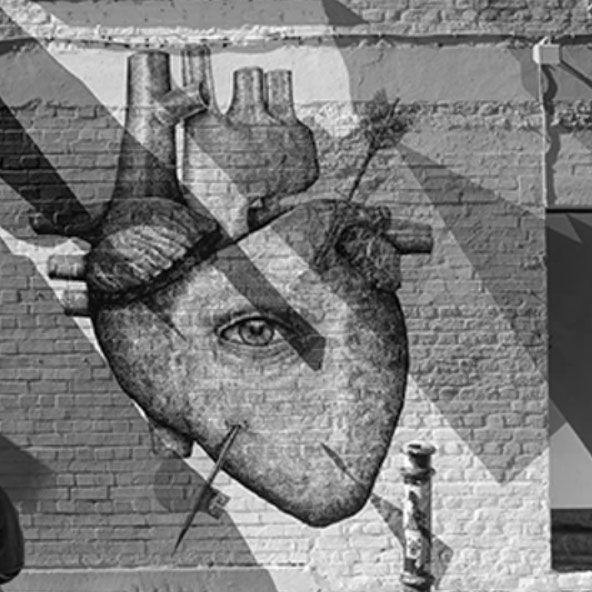Artist | Teacher |Researcher


Units of Learning
Unit 1
Hand Contour Drawing (using your own hands as inspiration to communicate Ideas, Emotion and Mood) - Develop observation skills and help students simplify objects to their basic Shapes and Lines
Drawing hand contours is the subject matter and learning assignment for this unit. Drawing hands from life will be the students' main focus throughout this project. students will be guided practice and encouragement to complete this hand contour sketching unit.
The hands will serve as a means of communicating concepts, feelings, and emotions. Students will learn to use their artistic voice while exploring a fundamental skills. After consistent practice, students will be challenged in a subject that greatly boosts their confidence.
Make hand gestures that convey both ideas and feelings simultaneously, embellish the backdrops with creative elements, and give their observational artwork a distinctive look.
Able to structure their compositions on a second piece of paper after they have mastered the five (or more) hand gestures.
be able to spend a lot of time drawing blind outlines without talking, listening to music, or doing anything else than using your eyes and letting your hand draw what it sees.
Improve hand-eye coordination, sketch purely from observation, and let go of preconceived ideas about their subject.
Make contour drawings using various techniques to assist pupils become more self-assured, improve their ability to observe, and reduce items to their most basic forms and lines.



Unit 2
Clay Facial Feature Slab
(To Evaluate their hand-building skills, create a clay slab of an open mouth that commonly symbolizes a Facial emotion..)
This Unit of Learning's goal is to produce a clay slab of a mouth, which typically represents a face emotion. This will introduce a range of hand building skills. As students work with the clay and use their own mouth as a reference they will sketch what they find interesting or difficult about the mouth expression they select.
Students will take into account their own facial features, particularly their mouth, and create a variety of expressions that most effectively portray a particular feeling on the face. Includes thorough instructions for making a slab of facial features. Facial features are an excellent subject that will foster students' creativity and skill development. After reviewing the fundamentals, students will create sketches. We will then construct slabs before conducting a practical demonstration using a rolling pin. They can either create a design out of paper to cut out perfect slabs or wing it for a natural shape.



unit 3
Dramatic Painting of Storms (Due to unfavorable meteorological conditions: Floods that could potentially affect our surroundings, particularly Limerick City.) - Develop observational skills and encourage pupils in simplifying painting principles and give them creative freedom.
This unit of study aims to develop junior cycle students' creative potential by incorporating the significance of mental health and wellbeing, the value of possessions that are disappearing due of climate change, and the possible psychological and mental repercussions of living in constant fear of the future. If all we own is destroyed by a terrible storm, how would life be? Your emotional and mental well-being may be affected.
Students will record a number of watercolour drawings), as well as natural occurrences including fog, rain, storms, and sunlight. Students will therefore utilise fading colours to replicate the sky's dramatic effect. Students will examine and utilise Limerick City's architecture as a point of reference.
Students will look into how nature and modern technology interact, as well as how climate change has caused catastrophic storms to occur globally. Students will discuss urbanism, industry, railroads, steam power, and the power of nature throughout this unit.
Generate thumbnail sketches of a dramatic sky using watercolor, coming up with concepts and determining compositions.
Students will convey atmosphere in their paintings by depicting the sky and the building reflecting on the water.
In order to challenge themselves, prepare, and evaluate their proficiency in applying water colour, students will work in groups and follow each other's advice while working on their architectural paintings
Selecting a color that contrasts with the background and sketching the architecture with finer details for a complementary finish painting.
Final Design: The completed abstract architecture paintings, which combine Texture and Architecture in an appealing way
(A3 cardboard)


















